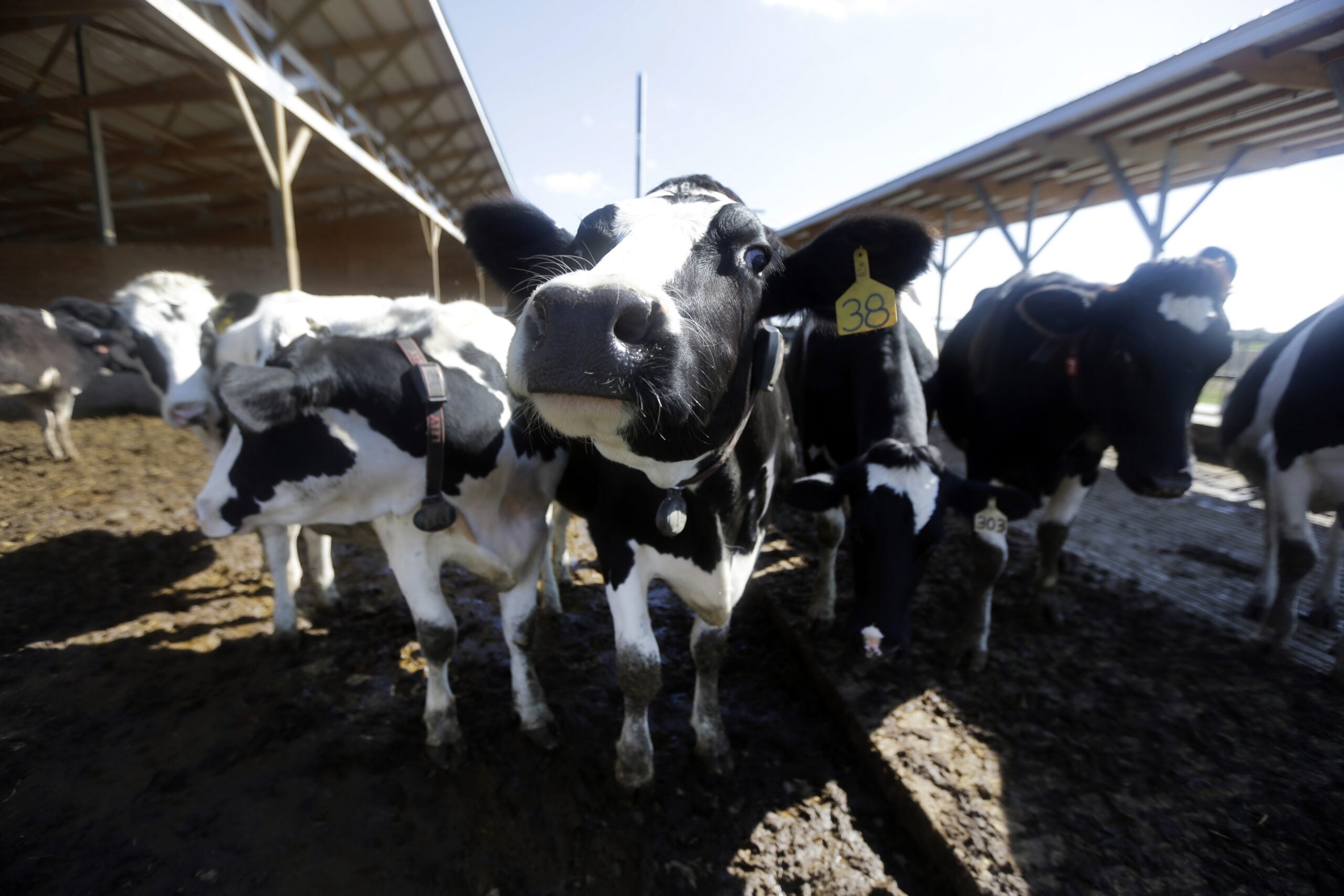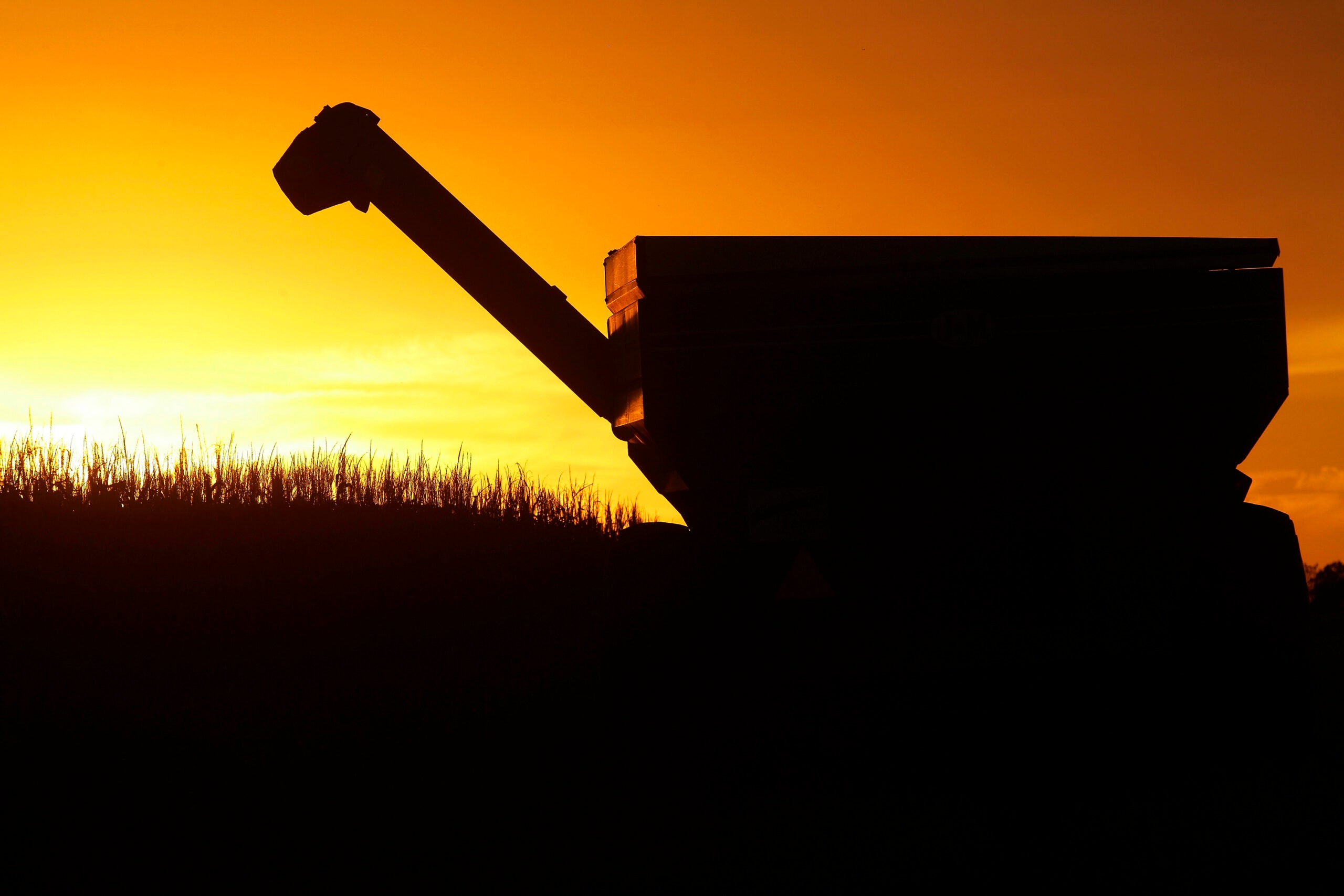A University of Wisconsin report has found that Wisconsin farmers are continuing to spend more money on hired labor.
The Status of Wisconsin Agriculture reports that last year, farmers spent about $940 million on hired labor, which is about $100 million more than the year before.
UW-Madison agricultural and applied economics Professor Bruce Jones, who worked on the report, said dairy and crop farms are expanding so they need more workers. Jones said those workers are also getting paid more.
Stay informed on the latest news
Sign up for WPR’s email newsletter.
“Over time, the wage rate paid by farmers to attract labor has been on the rise,” said Jones. “The ability of farmers to go out and pay more has increased as the returns from dairy and cropping have risen.”
According to the U.S. Department of Agriculture, the average hourly wage went up very slightly in the region last year and is about $12 per hour.
Wisconsin Farmers Union President Darin Von Ruden said the amount spent on hired labor is a sign of the times. Family farms don’t have to report what they pay in labor, since they don’t have to write checks to themselves. Von Ruden said more money going towards hired labor shows that there are fewer farm owners.
“If that would change, then we might see those numbers drop,” said Von Ruden. “Quite a few folks around the country would rather be in the ownership bracket rather than a laborer, but until things change and there’s a definite prospect of being able to be owners, we probably won’t see a change in this trend.”
The report also notes that hiring documented and undocumented immigrants is vital to dairy farms. Researchers say if federal laws become more restrictive, then labor costs would rise significantly and could stunt dairy’s continued growth.
Visit this website for more statistics on Wisconsin agriculture from the National Agricultural Statistics Service.
Wisconsin Public Radio, © Copyright 2024, Board of Regents of the University of Wisconsin System and Wisconsin Educational Communications Board.






